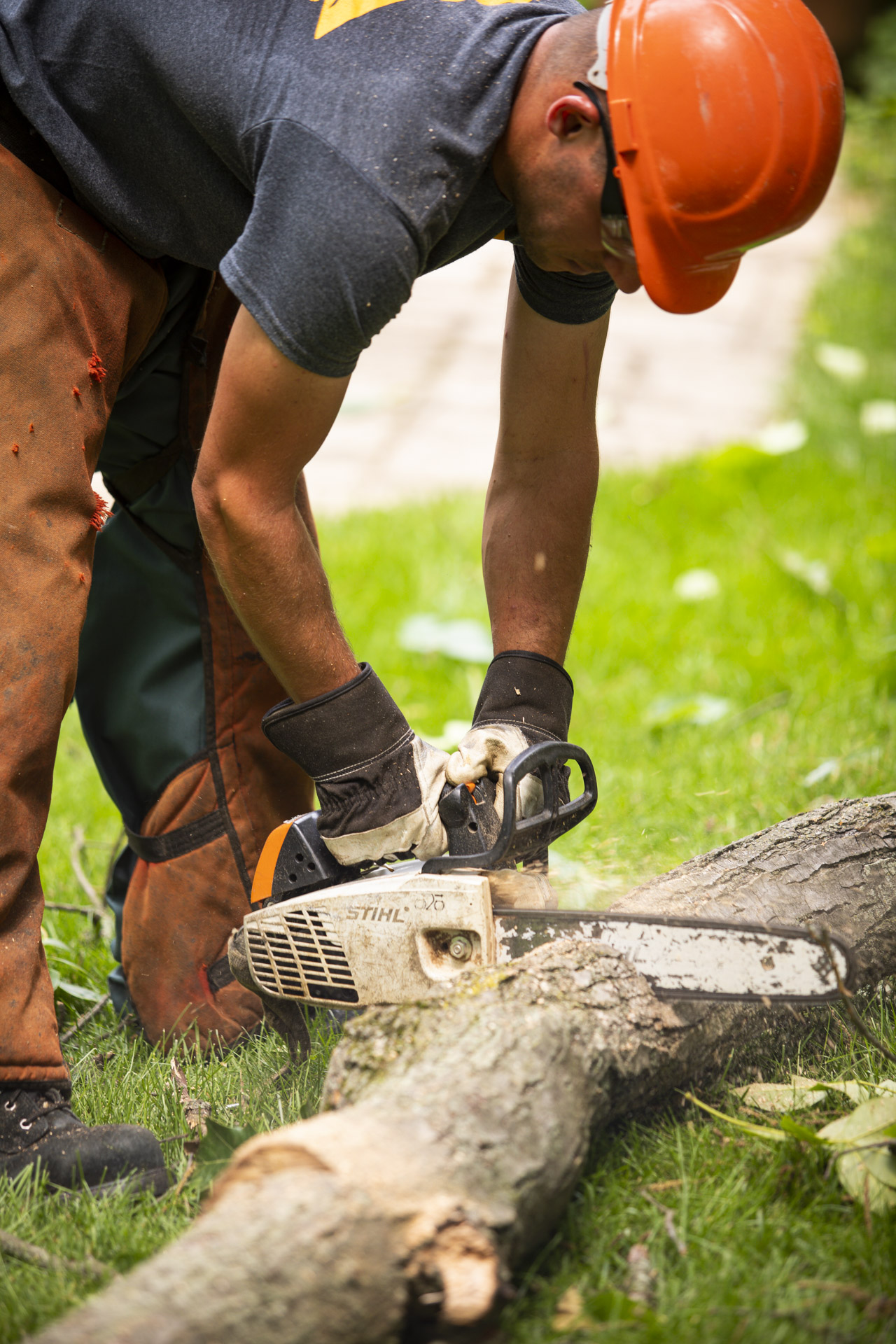Arborists, the skilled professionals responsible for the care and maintenance of trees, rely on a specialized set of tools to perform their tasks efficiently and safely. These tools not only make their job easier but also contribute to the overall health and longevity of trees. In this comprehensive guide, we’ll explore the various arborist tools of the trade, delving into their functions and importance in ensuring the well-being of our green companions.

1. Pruning Tools:
a. Pruning Shears/Secateurs:
- These handheld cutting tools are a staple for arborists when it comes to precision pruning. They are ideal for trimming small branches and twigs, promoting healthy growth and shaping trees.
b. Loppers:
- Loppers are an extension of pruning shears, designed with longer handles for increased reach. Arborists use loppers to trim thicker branches with ease, allowing for more precise and controlled cutting.
c. Pole Pruners:
- For high-reaching branches, pole pruners come into play. Fitted with an extended pole, these tools enable arborists to access and prune branches without the need for ladders, ensuring both safety and efficiency.
2. Saws:
a. Hand Saws:
- Compact and versatile, hand saws are essential for cutting through smaller limbs and branches. Arborists often use them in tight spaces where larger saws might be impractical.
b. Chainsaws:
- The quintessential tool for arborists dealing with large-scale tree removal or heavy pruning. Modern chainsaws come in various sizes and configurations, allowing arborists to tackle a wide range of tasks efficiently.
c. Pole Saws:
- Similar to pole pruners, pole saws are extended versions of traditional chainsaws, designed for cutting higher branches. They provide a safer alternative to climbing or using lifts for elevated pruning.
3. Climbing Tools:
a. Climbing Harness:
- Safety is paramount in arborist work, and a climbing harness is a crucial part of the safety gear. It provides support and attachment points for arborists as they ascend and work in the tree canopy.
b. Climbing Spurs/Spikes:
- Arborists use climbing spurs, also known as spikes, to ascend trees safely. These metal spikes attach to their boots, providing a secure grip and preventing slipping during climbs.
c. Ascenders and Descenders:
- Ascenders and descenders are mechanical devices that help arborists move up and down the rope with ease, enhancing efficiency and reducing physical strain during climbing tasks.
4. Tree Inspection Tools:
a. Resistograph:
- This specialized tool allows arborists to assess the internal condition of trees by measuring the resistance encountered while drilling into the trunk. It helps identify decay, cavities, or other potential issues not visible from the outside.
b. Increment Borers:
- Arborists use increment borers to extract core samples from tree trunks. These samples provide valuable information about a tree’s growth rings, helping assess its age, health, and response to environmental conditions.
5. Rigging Equipment:
a. Rigging Ropes:
- High-strength, low-stretch ropes are essential for safely lowering branches during tree removals or pruning. Rigging ropes are carefully chosen to withstand the weight and forces involved in these operations.
b. Pulleys and Blocks:
- Pulleys and blocks are used in conjunction with rigging ropes to create mechanical advantage, making it easier for arborists to lift and control heavy branches. This equipment is crucial for safe and controlled tree dismantling.
6. Soil Aeration and Fertilization Tools:
a. Soil Augers:
- Arborists use soil augers to assess soil conditions around a tree’s root zone. This tool helps determine compaction, moisture levels, and the need for aeration or fertilization to enhance tree health.
b. Fertilizer Injectors:
- Fertilizer injectors allow arborists to deliver nutrients directly to a tree’s root system. This targeted approach ensures efficient nutrient absorption, promoting optimal growth and vitality.
Conclusion:
Arborists are not just tree care professionals; they are custodians of our urban forests. The tools they wield are not only instruments of their trade but guardians of the environment. As we appreciate the beauty and benefits of trees, it’s essential to recognize the expertise and equipment that arborists bring to the task of preserving and enhancing our green landscapes. From pruning shears to chainsaws, climbing spurs to soil augers, each tool plays a vital role in the arborist’s toolkit, ensuring that our trees receive the care they deserve for generations to come.